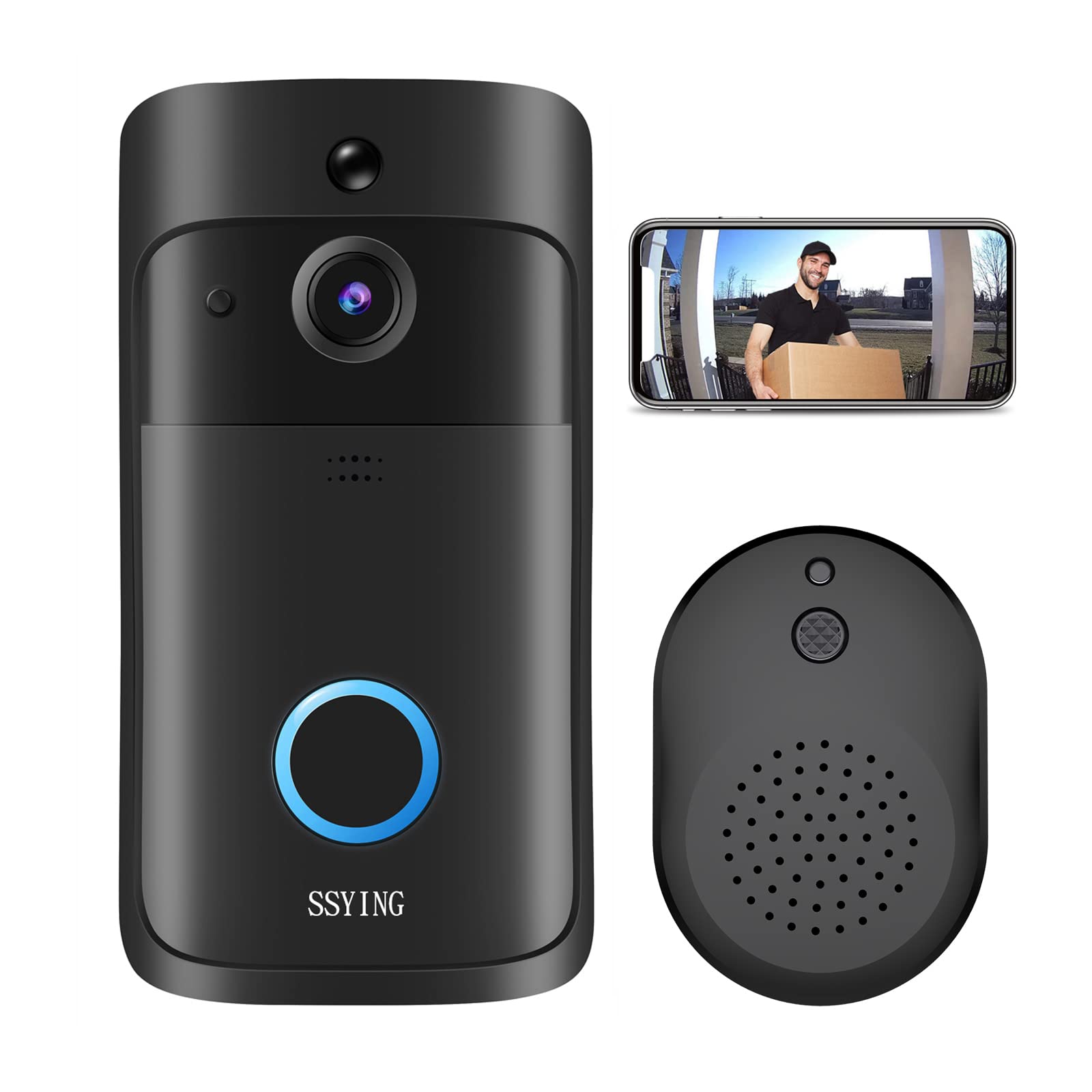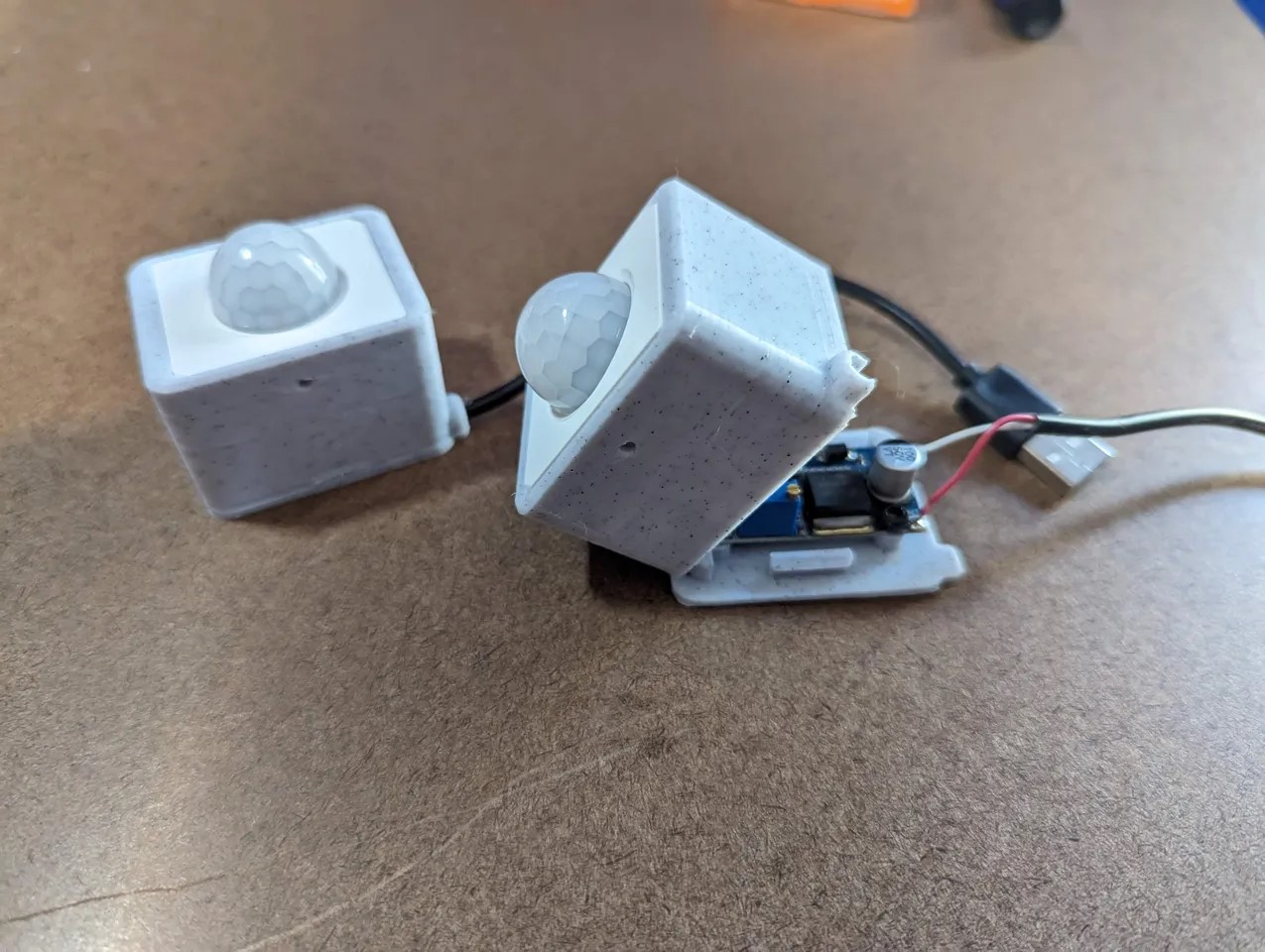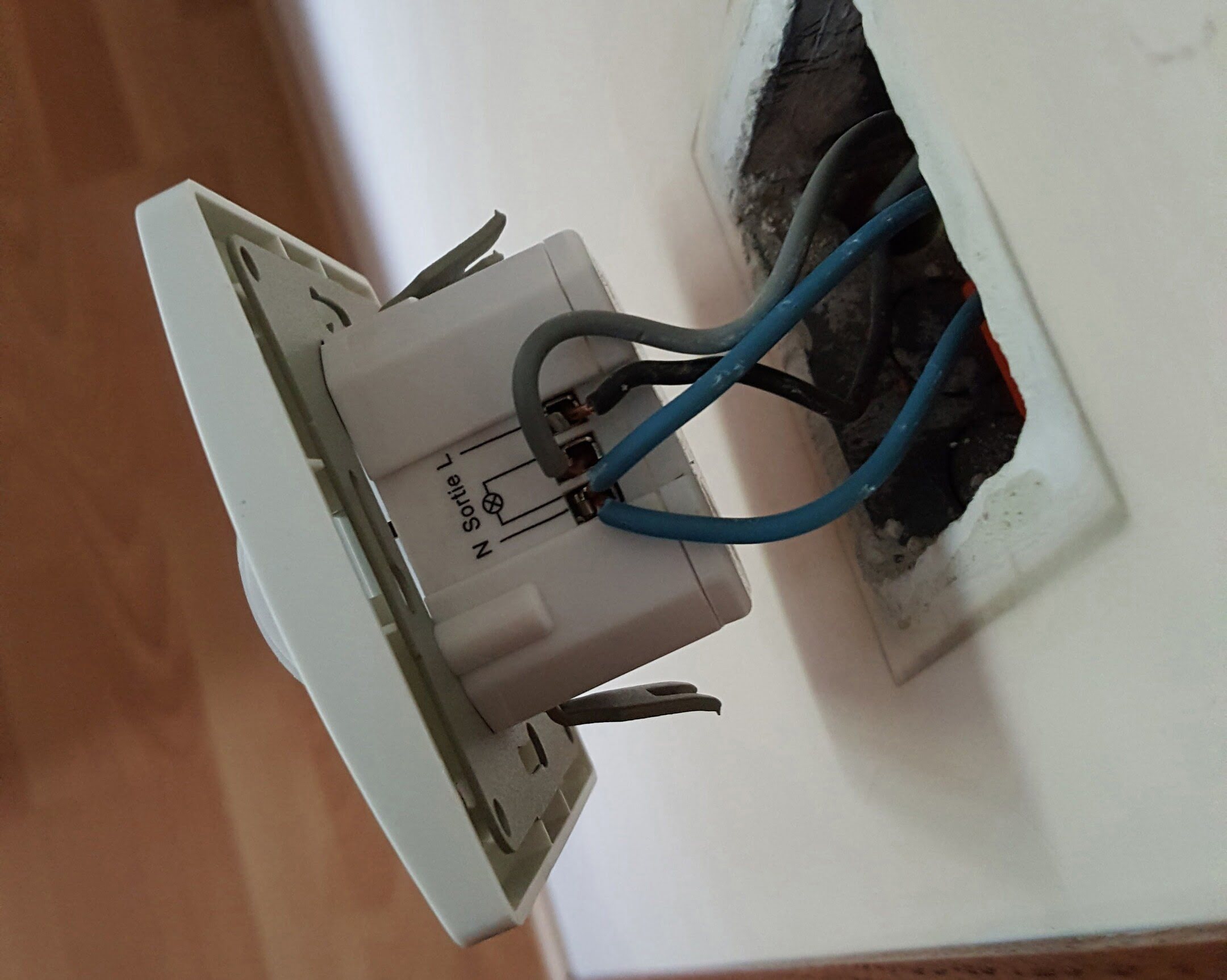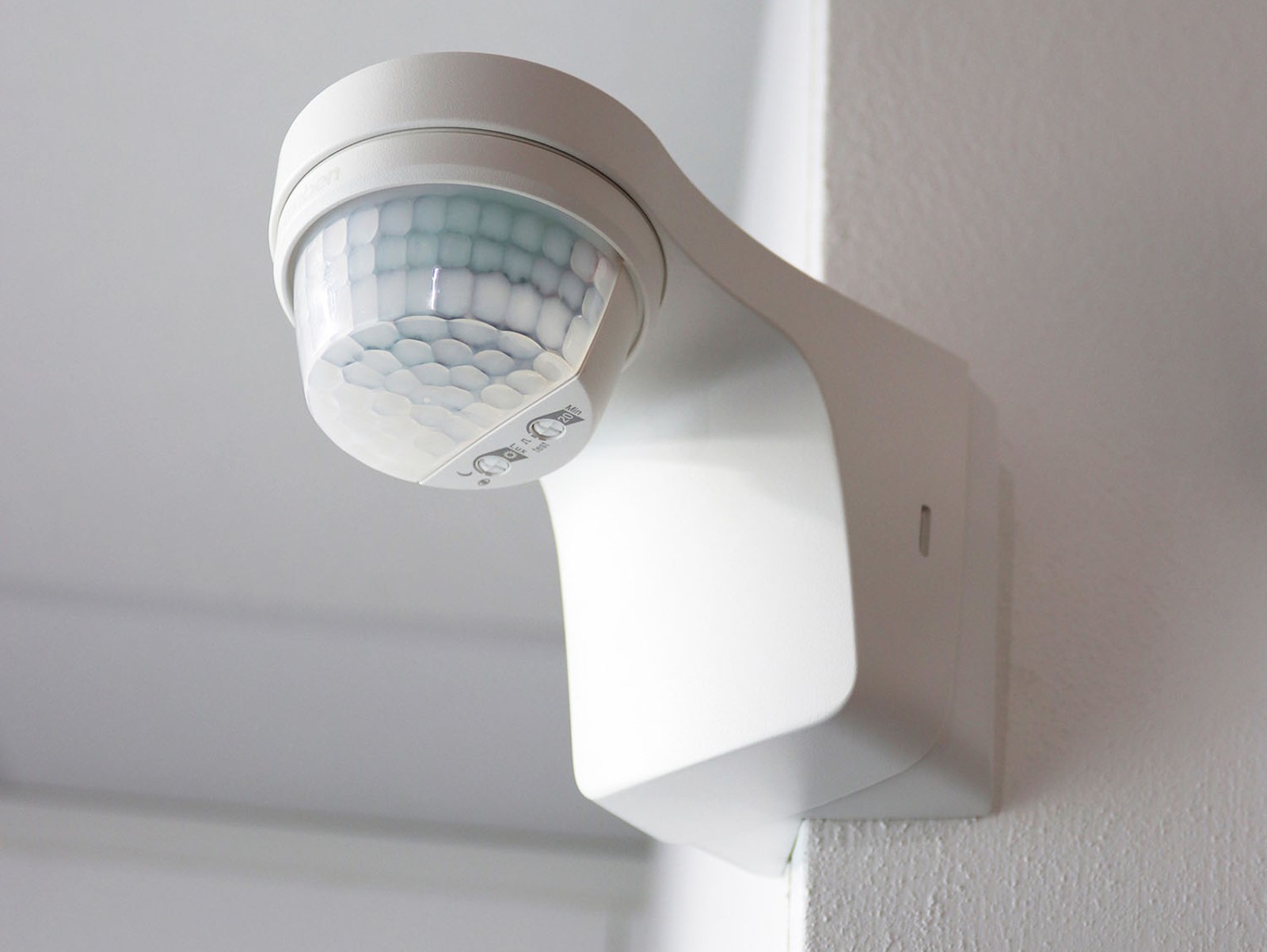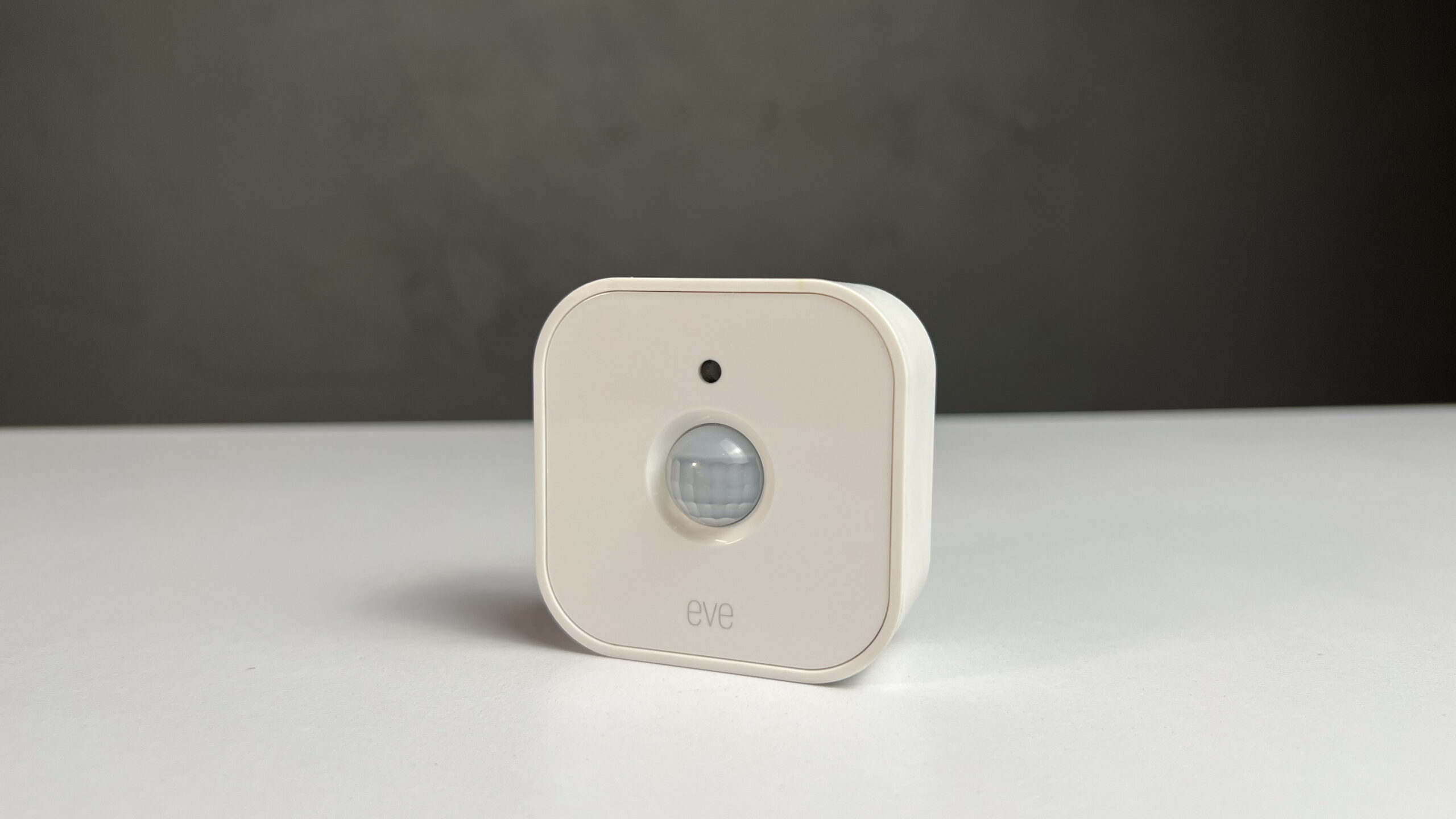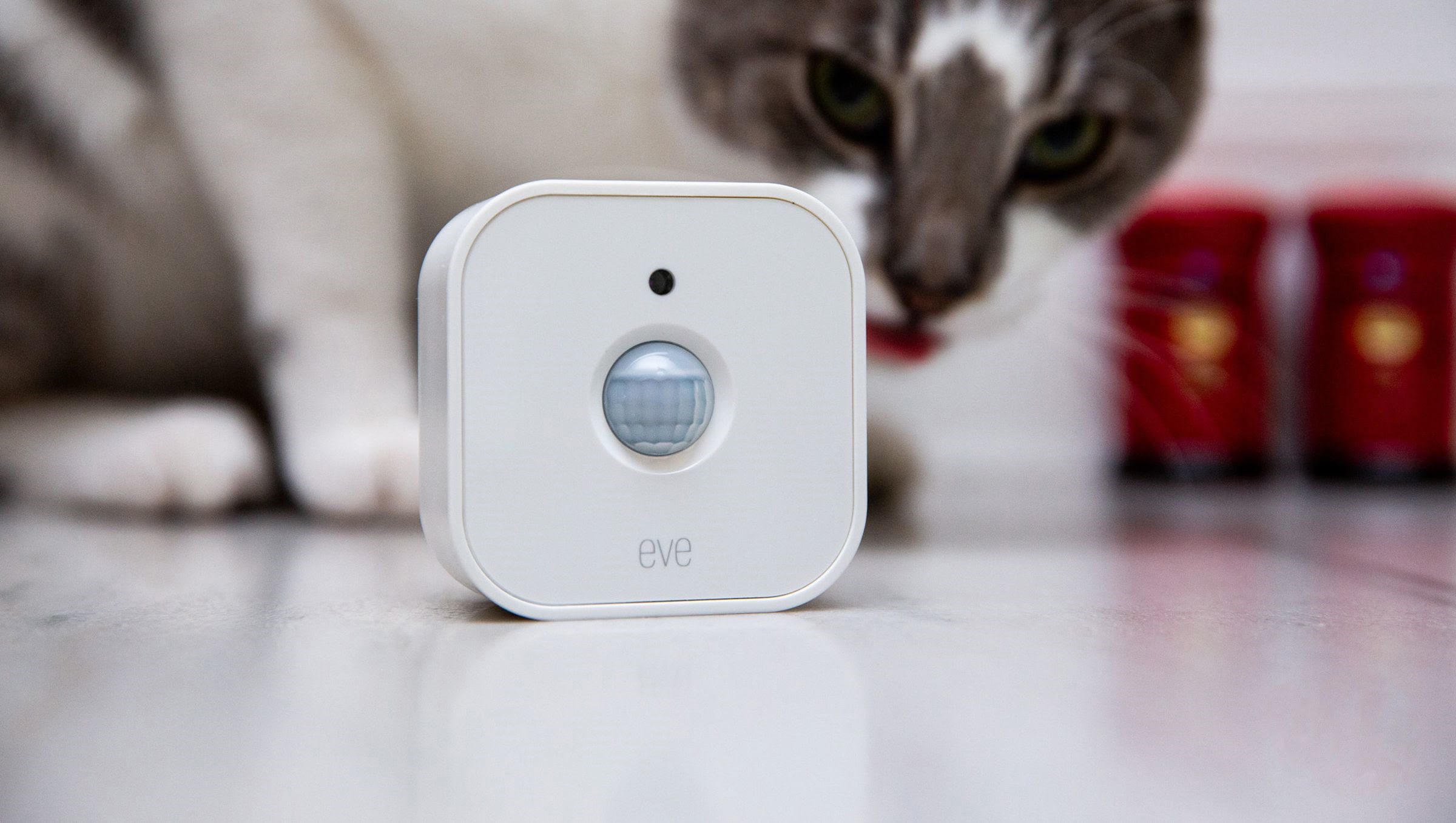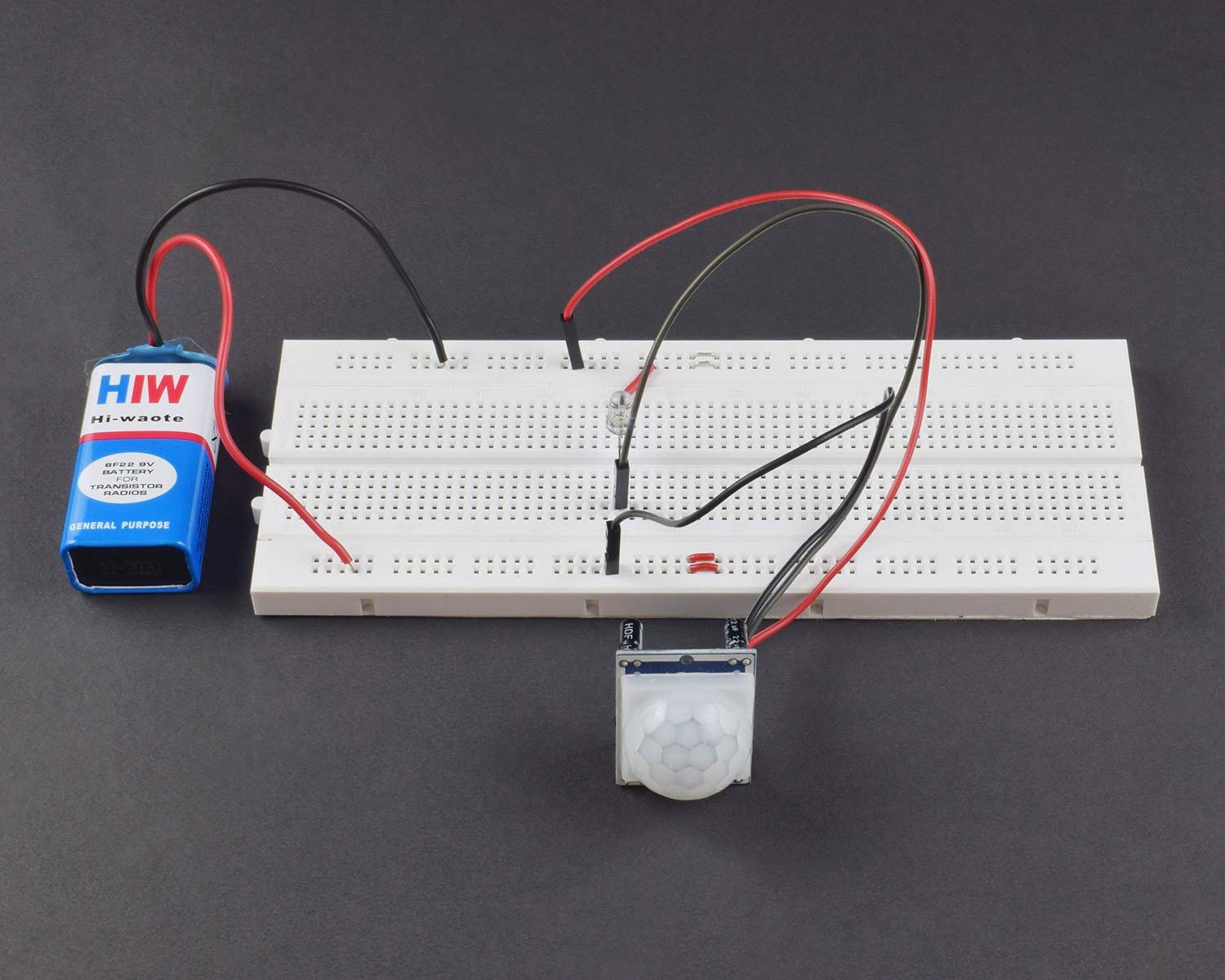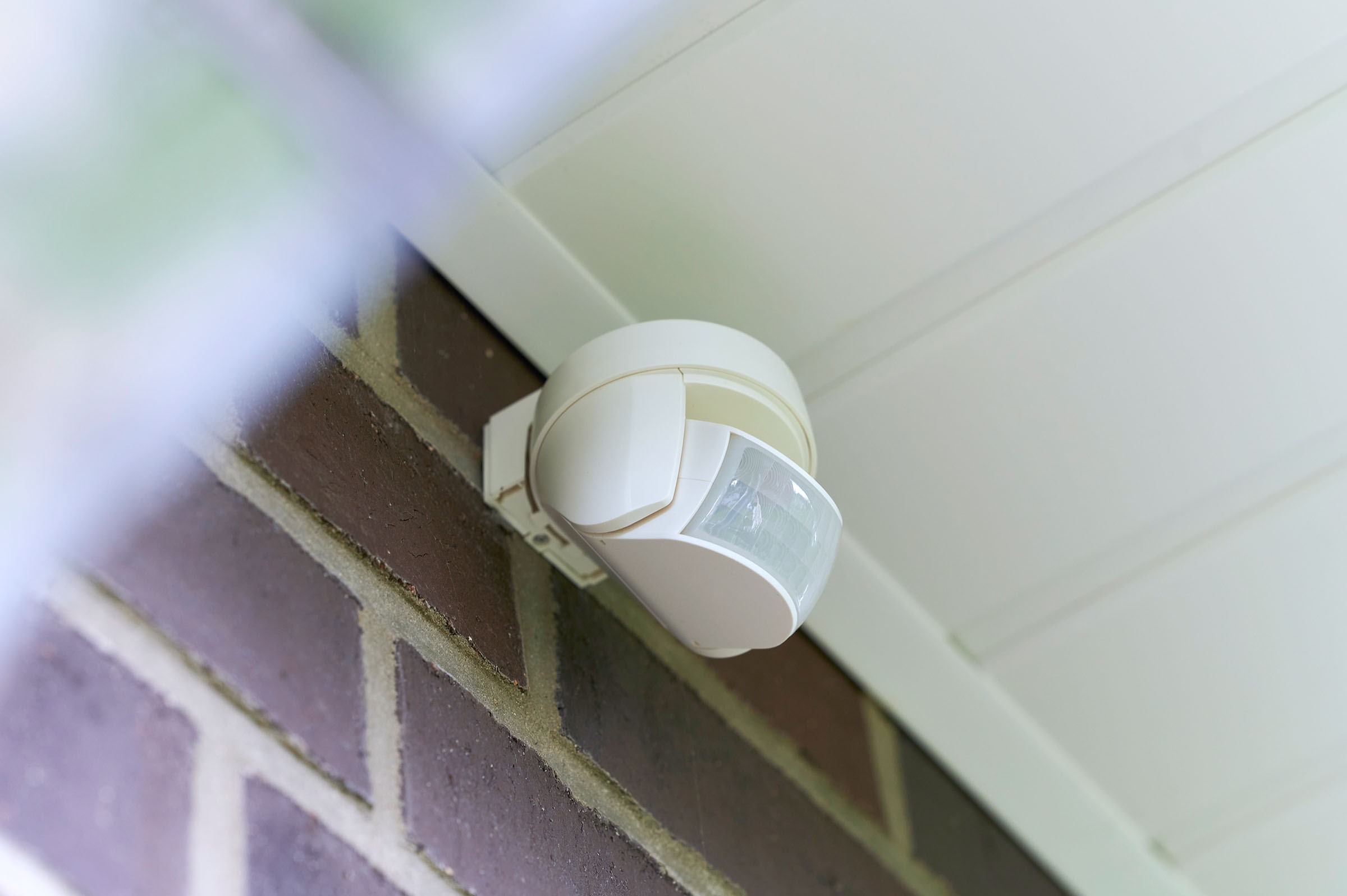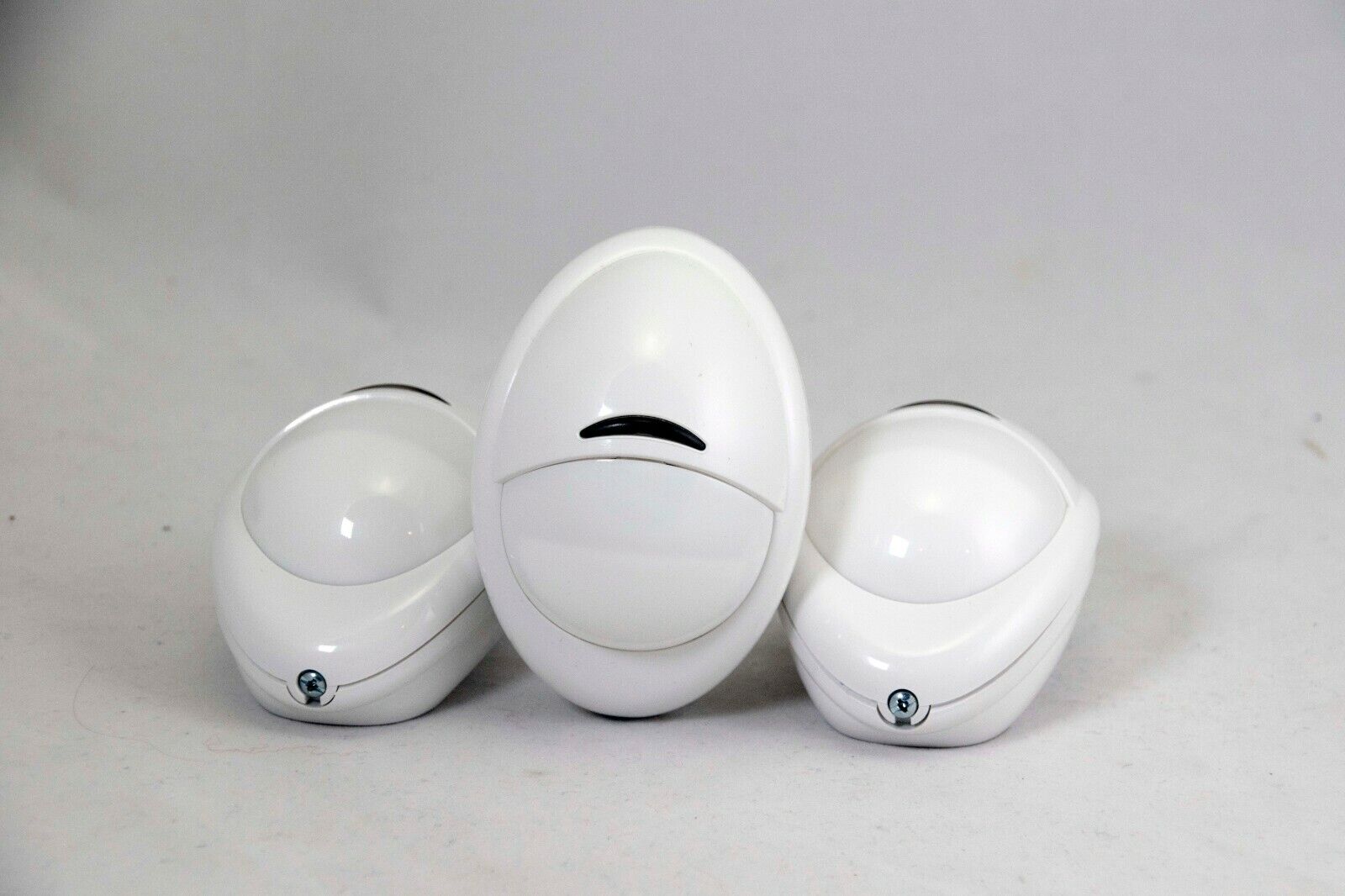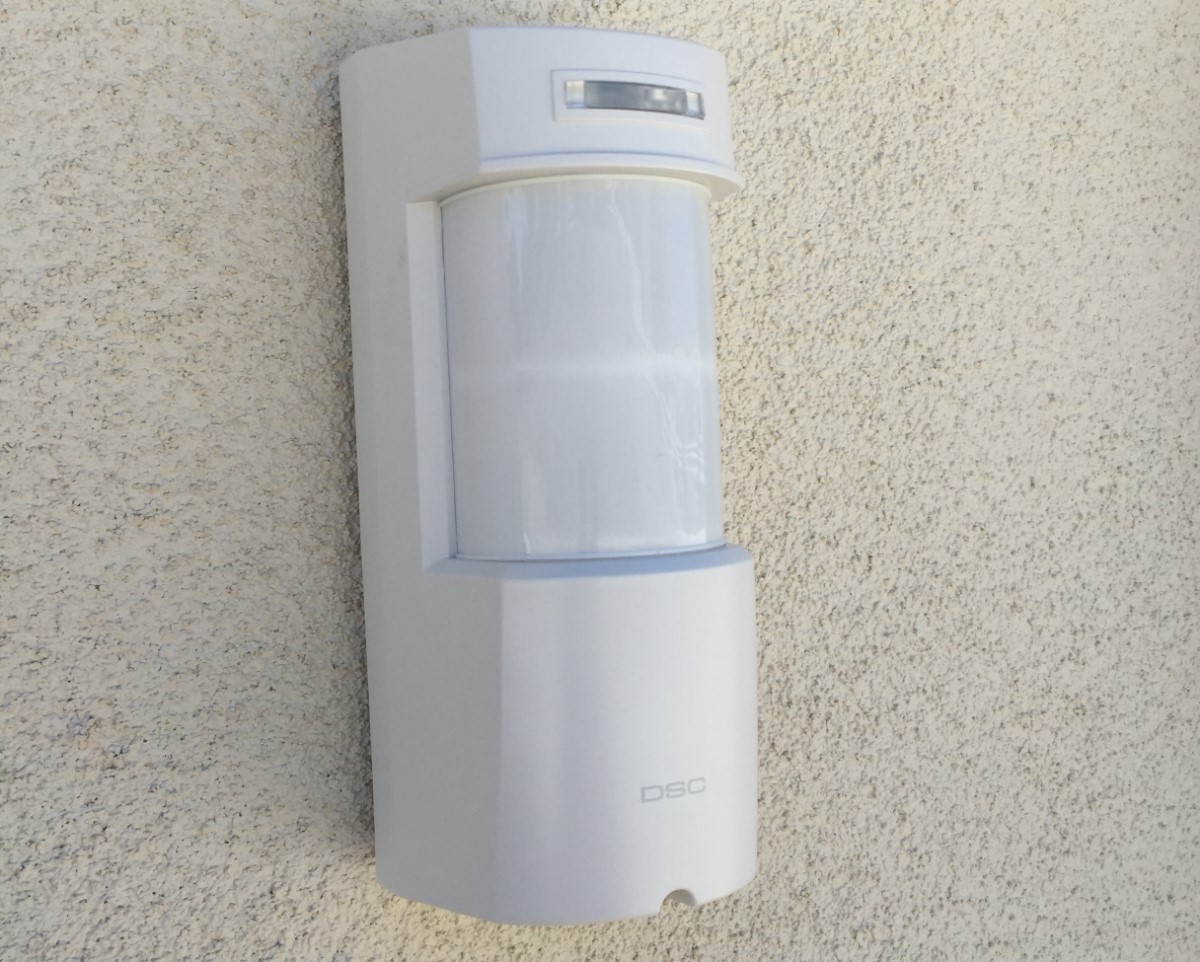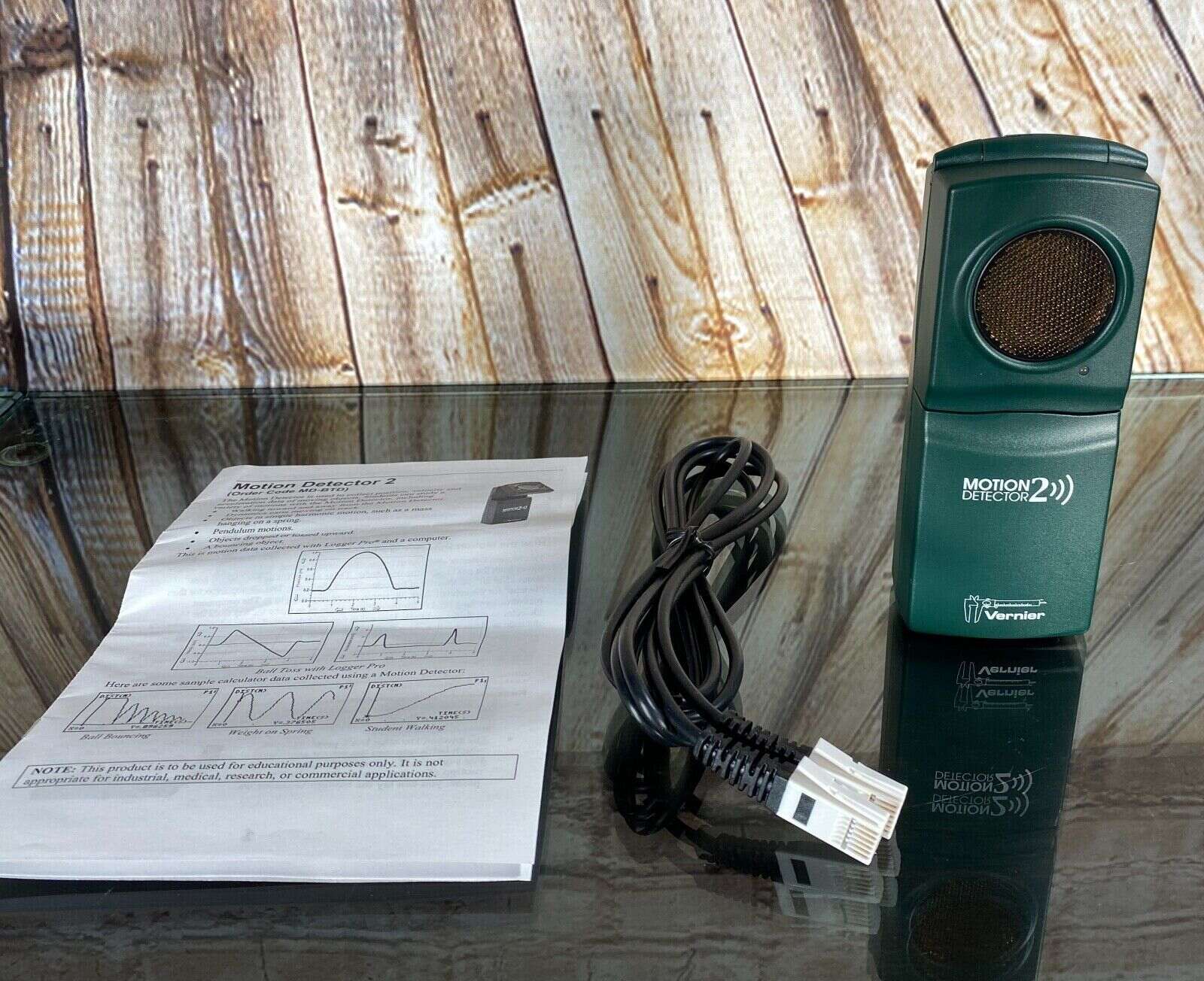Home>Home Security and Surveillance>How To Waterproof A Motion Detector
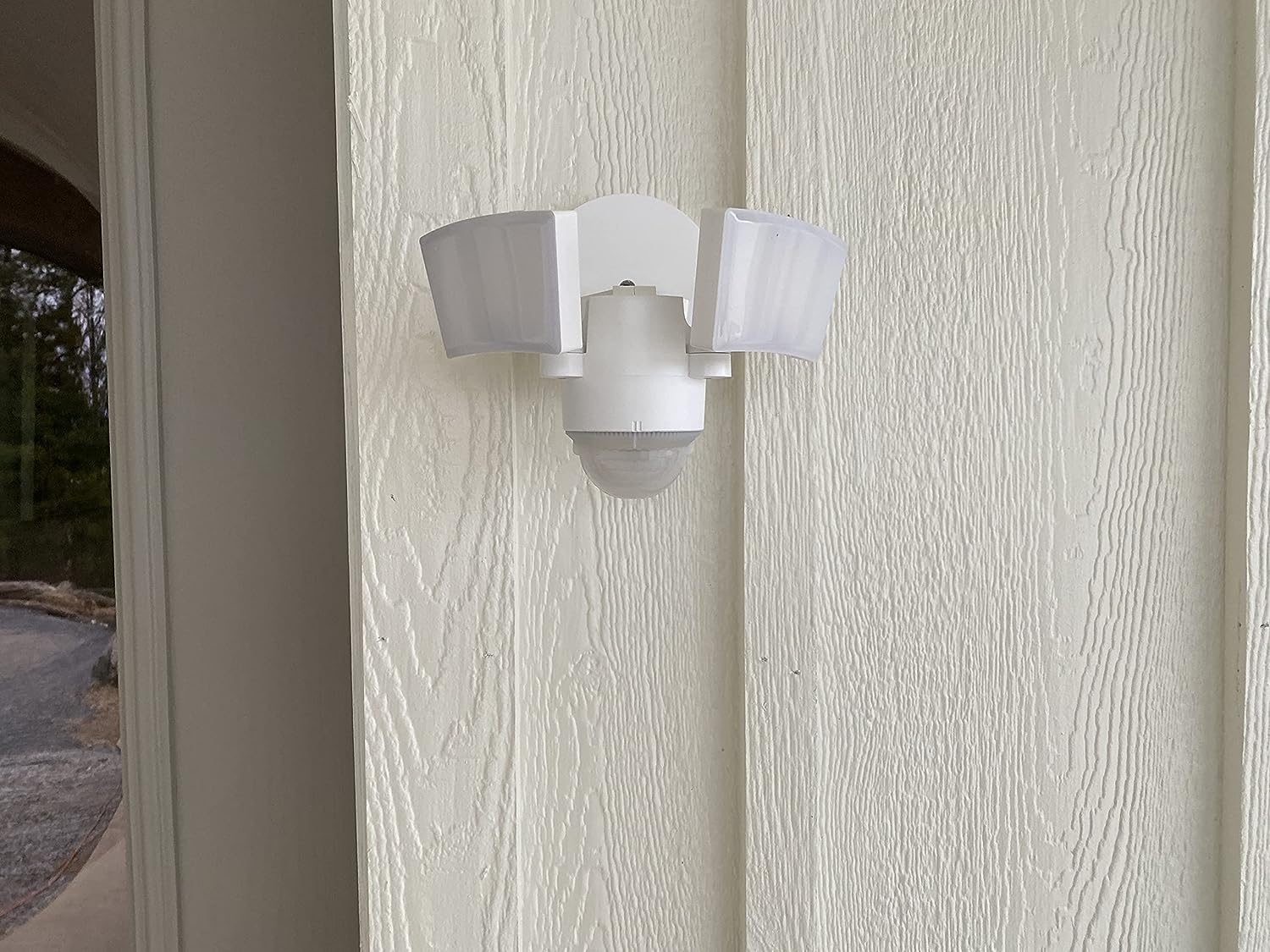

Home Security and Surveillance
How To Waterproof A Motion Detector
Modified: March 6, 2024
Protect your home with our step-by-step guide on how to waterproof a motion detector. Enhance your home security and surveillance with this simple DIY solution.
(Many of the links in this article redirect to a specific reviewed product. Your purchase of these products through affiliate links helps to generate commission for Storables.com, at no extra cost. Learn more)
Introduction
Home security and surveillance are crucial aspects of protecting your property and ensuring the safety of your loved ones. One essential component of a comprehensive security system is a motion detector. These devices use various technologies to detect movement and alert you to any suspicious activity.
However, like any other electronic device, motion detectors are susceptible to damage caused by environmental factors such as moisture. Over time, exposure to rain, snow, or high humidity levels can compromise the functionality of a motion detector, rendering it less effective or even non-functional.
To combat this, it is essential to waterproof your motion detector. By taking the necessary steps to protect it from moisture, you can extend its lifespan and ensure it continues to operate efficiently.
In this article, we will guide you through the process of waterproofing a motion detector. By following these steps, you can ensure that your motion detector remains reliable and effective, even in harsh weather conditions.
Key Takeaways:
- Protect your motion detector from moisture by using waterproof sealant, adhesive tape, gaskets, and plastic enclosures. Regular maintenance ensures reliable home security even in harsh weather conditions.
- Before waterproofing, assess the environment and select the right materials. Prepare the motion detector, apply sealant carefully, and conduct thorough testing to ensure its waterproofing integrity.
Step 1: Assessing the Environment
Before you start waterproofing your motion detector, it is crucial to assess the environment in which it is located. Understanding the specific conditions it will be exposed to will help you choose the appropriate waterproofing materials and techniques.
Here are some factors to consider when assessing the environment:
- Exposure to Precipitation: Determine how often and how heavily the area where the motion detector is installed is exposed to rain, snow, or other forms of precipitation. This will help you gauge the level of waterproofing required.
- Direct Sunlight: If the motion detector is placed in an area that receives direct sunlight, consider the impact of prolonged exposure on the materials used for waterproofing. Some materials may degrade or discolor when exposed to harsh sunlight.
- Proximity to Water Sources: Assess whether the motion detector is located near any water sources, such as sprinkler systems or pools. This proximity may increase the chances of moisture exposure.
- Humidity Levels: Determine the humidity levels in the area where the motion detector is installed. High humidity can contribute to moisture buildup and may require additional waterproofing measures.
- Temperature Extremes: Consider the temperature range in your location, as extreme cold or heat can impact the effectiveness of certain waterproofing materials.
By thoroughly assessing the environment, you can better understand the potential risks and challenges your motion detector may face regarding moisture exposure. This knowledge will help you make informed decisions when selecting the appropriate waterproofing materials and techniques for your specific situation.
Step 2: Selecting the Right Materials
Once you have assessed the environment, it’s time to choose the materials that will effectively waterproof your motion detector. Here are some key considerations when selecting the right materials:
- Waterproof Sealant: Look for a high-quality, waterproof sealant that is specifically designed for outdoor use. Silicone-based sealants are commonly used for their durability and flexibility.
- Adhesive Tape: Consider using adhesive tape to provide an additional layer of protection against moisture. Look for weather-resistant and strong adhesive tapes suitable for outdoor applications.
- Gaskets and O-rings: Depending on the design of your motion detector, you may need to purchase gaskets or O-rings to create a watertight seal. These rubber seals can prevent water from seeping into the device.
- Plastic Enclosures: If your motion detector is not already housed in a waterproof enclosure, you may need to purchase one. Look for a durable plastic enclosure that is resistant to UV rays and designed to keep moisture out.
- Cable Gland: If your motion detector has external wiring, consider using a cable gland to ensure a watertight connection. This gland will protect the cables from moisture and prevent water from entering the device.
Ensure that all the selected materials are compatible with the construction material and design of your specific motion detector. It’s also advisable to check manufacturer recommendations and any specific guidelines they provide for waterproofing their devices.
Additionally, take note of the quantity of materials needed based on the size and number of motion detectors you plan to waterproof. Having all the necessary materials on hand before starting the waterproofing process will help streamline the process and ensure a thorough and efficient job.
Step 3: Preparing the Motion Detector
Before applying any waterproofing materials, it is essential to properly prepare the motion detector to ensure a secure and effective waterproofing job. Here’s how to prepare your motion detector:
- Disconnect Power: Ensure the motion detector is not receiving any power by disconnecting it from the electrical source. This step is crucial for your safety while working on the device.
- Remove Batteries: If your motion detector operates on batteries, remove them to prevent any accidental activation during the waterproofing process.
- Inspect for Damage: Carefully examine the motion detector for any visible signs of damage or wear. Look for cracks, loose wires, or any other issues that may compromise its functionality. If you notice any significant damage, address it before proceeding with the waterproofing process.
- Clean the Surface: Use a mild cleaning solution and a soft cloth to clean the surface of the motion detector. Remove any dirt, dust, or debris that may hinder the adherence of the waterproofing materials.
- Protect Sensitive Components: If your motion detector has any sensitive components such as sensors or lenses, consider using masking tape or plastic wrap to cover and protect them from accidental exposure to sealant or other materials.
By thoroughly preparing the motion detector, you create a clean and secure foundation for the waterproofing process. This step helps ensure that the materials adhere properly and that the motion detector remains fully functional after waterproofing.
To waterproof a motion detector, use a silicone sealant to cover any openings or seams. Make sure the sealant is completely dry before exposing the detector to any moisture.
Step 4: Applying Waterproofing Sealant
Now that your motion detector is properly prepared, it’s time to apply the waterproofing sealant. Follow these steps to effectively apply the sealant:
- Start with Small Areas: Begin by applying the sealant to smaller areas of the motion detector, such as the edges, corners, and seams. This will help you get a feel for the application process and ensure that you can control the amount of sealant being used.
- Use a Thin Layer: Apply a thin, even layer of waterproof sealant to the designated areas of the motion detector. Use a brush, sponge, or applicator designed for sealant application to ensure precise and controlled coverage.
- Pay Attention to Vulnerable Areas: Focus on areas that are most susceptible to moisture, such as the connections, ports, and openings. It’s important to create a watertight barrier around these vulnerable areas to prevent water infiltration.
- Cover All Gaps: Ensure that all gaps and crevices are adequately filled with the sealant. Pay close attention to any areas where moisture could potentially seep into the motion detector.
- Allow Sufficient Drying Time: Follow the manufacturer’s instructions regarding the drying time of the sealant. Give the sealant ample time to dry and cure before reconnecting the power or reassembling the motion detector.
Take your time and work carefully to ensure thorough coverage and a watertight seal. If necessary, apply additional coats of sealant to bolster the waterproofing protection.
Remember to handle the sealant with care, as it can be messy and potentially damaging if not applied correctly. Follow all safety precautions outlined by the manufacturer and avoid contact with your skin and eyes.
Once the sealant has completely dried, you can proceed to the final step of testing and conducting final checks before reassembling the motion detector.
Read more: How To Deactivate A Motion Detector
Step 5: Testing and Final Checks
After applying the waterproofing sealant and allowing it to dry, it’s time to test the motion detector and perform final checks to ensure that it is properly waterproofed. Follow these steps:
- Reconnect Power: Carefully reconnect the power source to the motion detector, whether it operates on batteries or is wired to the electrical system.
- Activate the Motion Detector: Test the functionality of the motion detector by triggering its sensor. Walk in front of it or use a test mode if available. Verify that it detects motion and activates as expected.
- Check for Any Issues: While the motion detector is active, inspect it for any signs of malfunction. Look for irregular behavior, false alarms, or any other anomalies that may indicate a problem.
- Verify Waterproofing: Examine the motion detector’s sealed areas for any signs of moisture or water ingress. Carefully inspect the edges, seams, and vulnerable points to ensure they are adequately protected against moisture.
- Complete Reassembly: If the motion detector was disassembled during the waterproofing process, reassemble all components according to the manufacturer’s instructions. Ensure that everything fits securely and that all connections are properly reestablished.
If you detect any issues or signs of water leakage, you may need to reapply the waterproof sealant or make adjustments to the waterproofing method. It’s important to have a fully waterproof motion detector to ensure optimal performance and protection.
Finally, it’s a good idea to periodically inspect and reapply the waterproofing sealant as needed. Over time, the sealant may degrade or wear off, especially in harsh weather conditions.
By following these steps and performing regular maintenance, you can ensure that your motion detector remains fully functional and protected against moisture damage, providing reliable security for your home.
Conclusion
Waterproofing your motion detector is a crucial step in maintaining its functionality and ensuring reliable home security. By following the steps outlined in this guide, you can effectively protect your motion detector from moisture damage and extend its lifespan.
Remember to assess the environment in which your motion detector is placed to determine the level of waterproofing required. Select the appropriate materials, such as waterproof sealants, adhesive tapes, gaskets, and plastic enclosures, to suit your specific needs. Thoroughly prepare the motion detector by disconnecting power, removing batteries, inspecting for damage, and cleaning the surface.
Carefully apply the waterproofing sealant, making sure to cover all vulnerable areas and allowing sufficient drying time. Once the sealant has dried, test the motion detector for proper functionality and conduct final checks to ensure its waterproofing integrity. Reassemble the motion detector as needed and periodically inspect and maintain the waterproofing sealant.
By taking these steps to waterproof your motion detector, you can have peace of mind knowing that it is shielded from moisture and will continue to perform its vital role in keeping your home safe and secure.
Remember to stay vigilant and proactive in maintaining your home security system as a whole. Regularly check and test all components, including the motion detector, to ensure they are in optimal working condition. This proactive approach will help you protect your home and loved ones effectively.
Frequently Asked Questions about How To Waterproof A Motion Detector
Was this page helpful?
At Storables.com, we guarantee accurate and reliable information. Our content, validated by Expert Board Contributors, is crafted following stringent Editorial Policies. We're committed to providing you with well-researched, expert-backed insights for all your informational needs.


